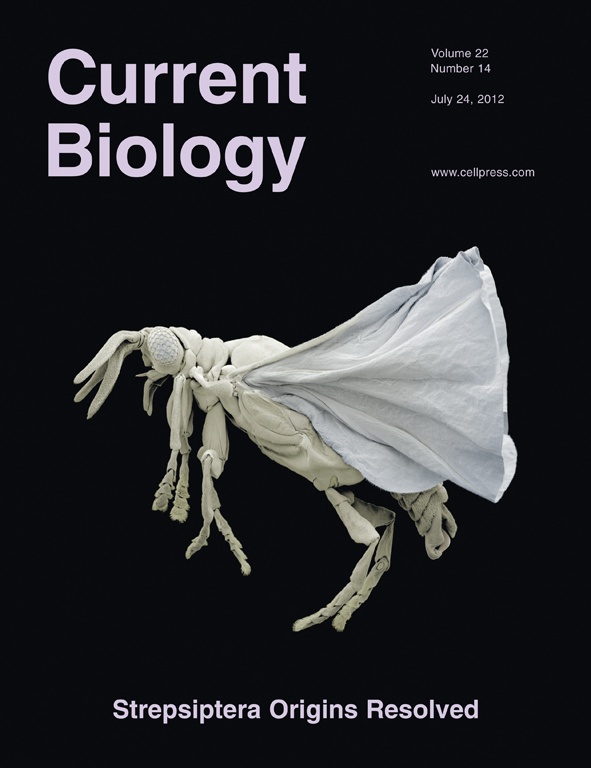Improve Research Reproducibility A Bio-protocol resource
- Protocols
- Articles and Issues
- About
- Become a Reviewer
In vitro Lipid Binding Assay
Published: Vol 3, Iss 9, May 5, 2013 DOI: 10.21769/BioProtoc.694 Views: 15508
How to cite
Favorite
Cited by













